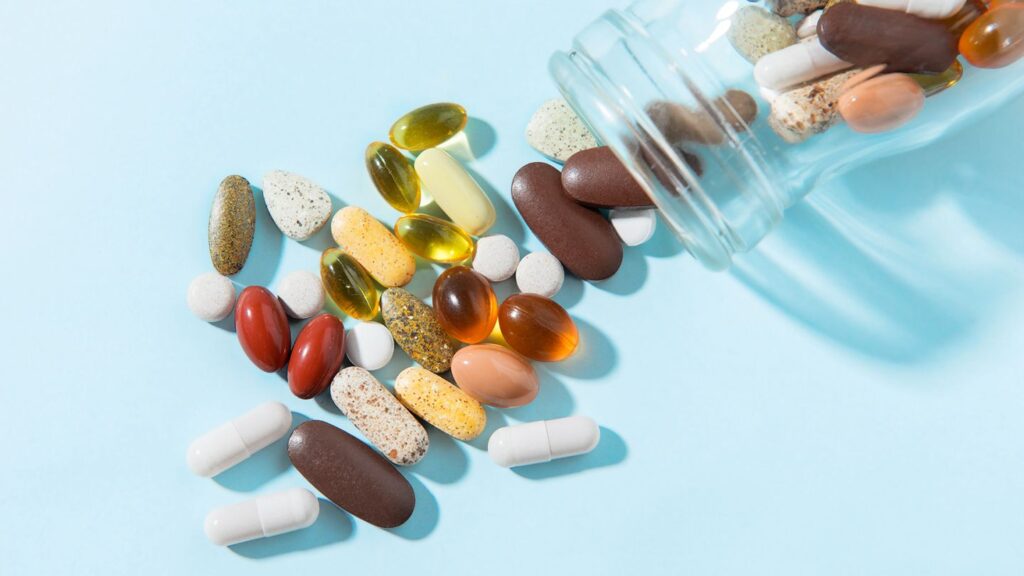The pharmacy industry is constantly evolving, with new technologies and innovations transforming the way healthcare is delivered. With the help of advanced technology, pharmacists are now able to offer more personalized care, improve medication adherence, and enhance patient outcomes. In this article, we will explore the future of pharmacy and how technology is transforming the industry.
Telepharmacy
Telepharmacy is an emerging technology that is gaining popularity in the pharmacy industry. This technology allows pharmacists to provide remote pharmacy services to patients who may not have access to a local pharmacy. With telepharmacy, patients can speak with a pharmacist via video conferencing, phone or chat to receive advice on their medication and health concerns.
The benefits of telepharmacy include:
- Improved access to medication and healthcare services
- Increased patient engagement and satisfaction
- Reduced healthcare costs
Artificial Intelligence
Artificial intelligence (AI) is becoming increasingly important in the pharmacy industry. With the help of AI, pharmacists can analyze large amounts of data to identify potential drug interactions, adverse drug reactions, and medication errors. AI can also be used to develop personalized treatment plans for patients based on their medical history, genetics, and lifestyle.
The benefits of AI in pharmacy include:
- Improved medication safety
- Enhanced patient outcomes
- Personalized treatment plans
Blockchain
Blockchain technology is being explored as a way to improve drug supply chain management. With blockchain, pharmacies can track the movement of drugs from the manufacturer to the patient. This technology can also help prevent counterfeit drugs from entering the supply chain.
The benefits of blockchain in pharmacy include:
- Improved drug supply chain management
- Increased patient safety
- Reduced healthcare costs
Robotics
Pharmacy automation is already used in many Canadian pharmacies and is expected to become even more prevalent in the future. Robotics can be used to fill prescriptions, prepare IV medications, and package medications. With the help of robotics, pharmacists can reduce medication errors and improve efficiency.
- The benefits of robotics in pharmacy include:
- Improved medication safety
- Increased efficiency
- Reduced medication errors
Mobile Apps
Mobile apps are becoming increasingly popular in the pharmacy industry. With mobile apps, patients can manage their medications, schedule appointments, and receive reminders to take their medication. Pharmacists can also use mobile apps to communicate with patients and provide medication counseling.
The benefits of mobile apps in pharmacy include:
- Improved medication adherence
- Increased patient engagement
- Enhanced medication counseling
Conclusion
The future of pharmacy is bright, with technology playing an increasingly important role in improving patient outcomes and medication safety. Telepharmacy, artificial intelligence, blockchain, robotics, and mobile apps are just a few examples of how technology is transforming the pharmacy industry. As the industry continues to evolve, Canadian Pharmacy will remain at the forefront of innovation, delivering the best possible care to patients.
In addition to the technologies discussed above, there are other innovative solutions being developed to improve the pharmacy industry. For example, 3D printing is being explored as a way to create personalized medications for patients with unique needs. This technology has the potential to revolutionize drug manufacturing and increase medication adherence.
Another area of innovation is precision medicine, which aims to develop treatments that are tailored to an individual’s genetics, lifestyle, and environment. This approach can help improve patient outcomes and reduce the risk of adverse drug reactions.


